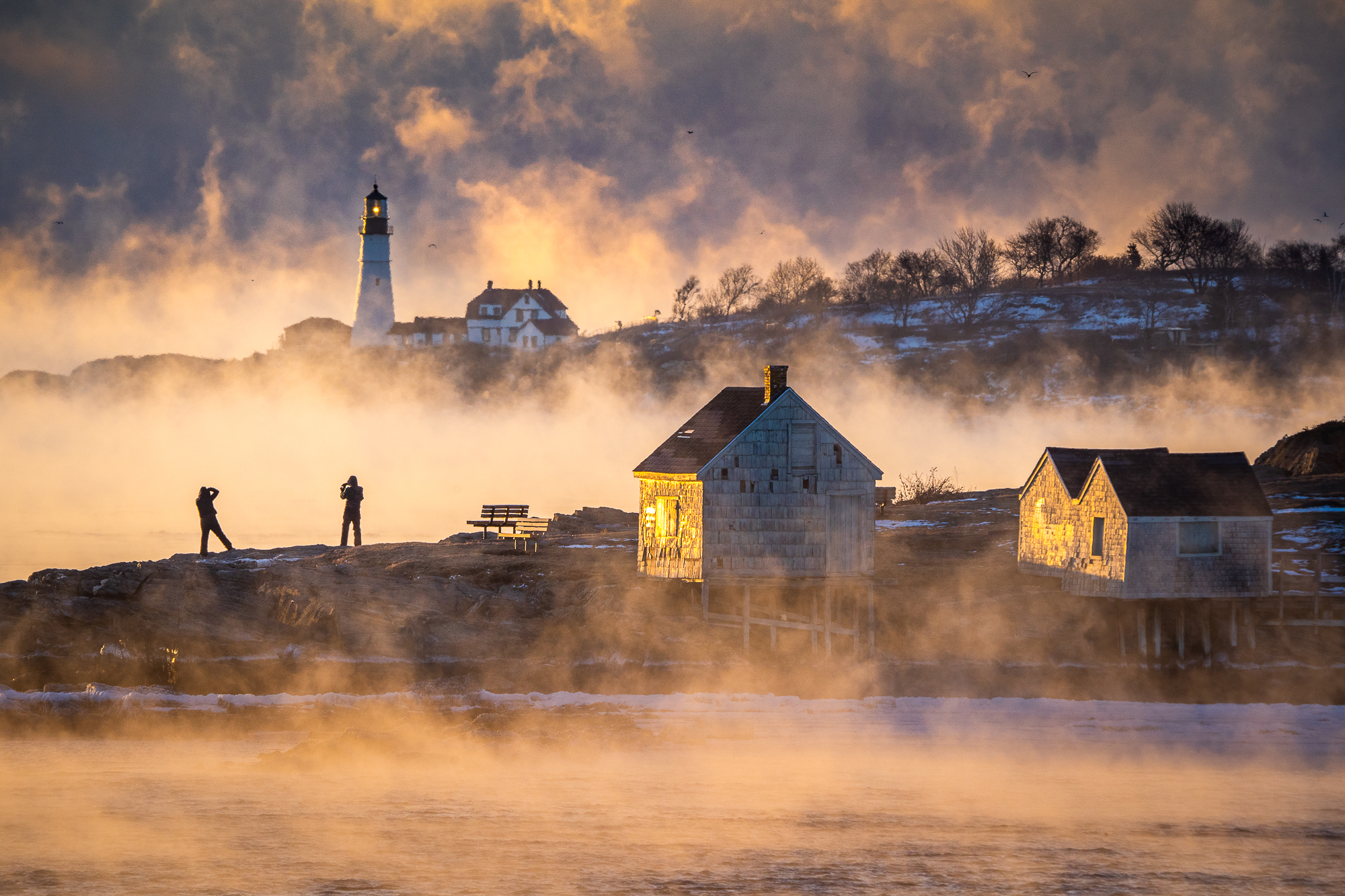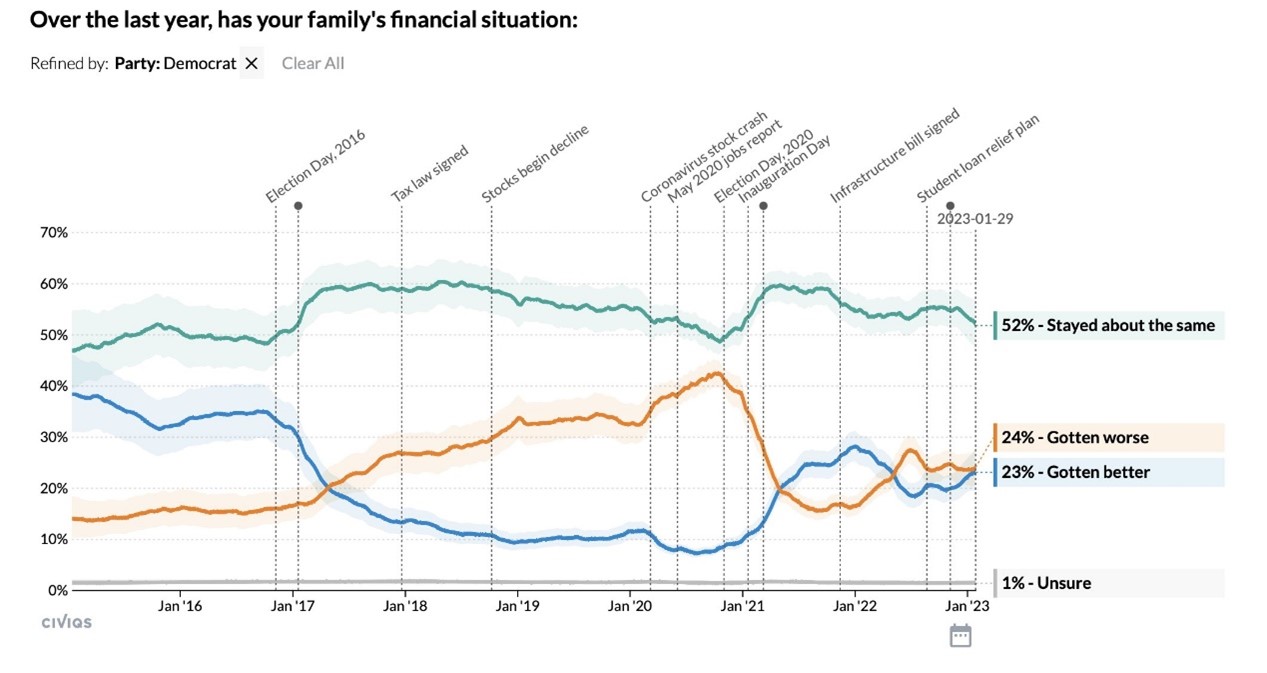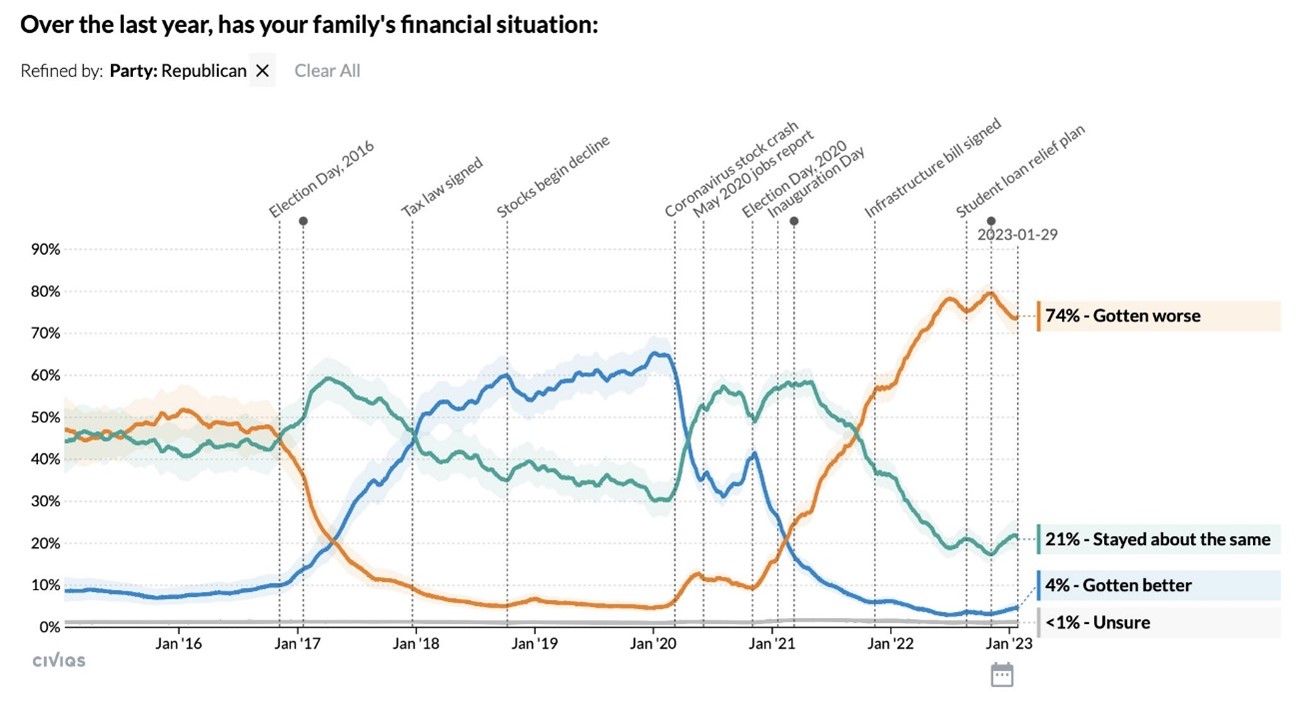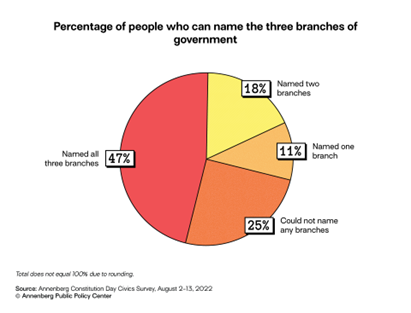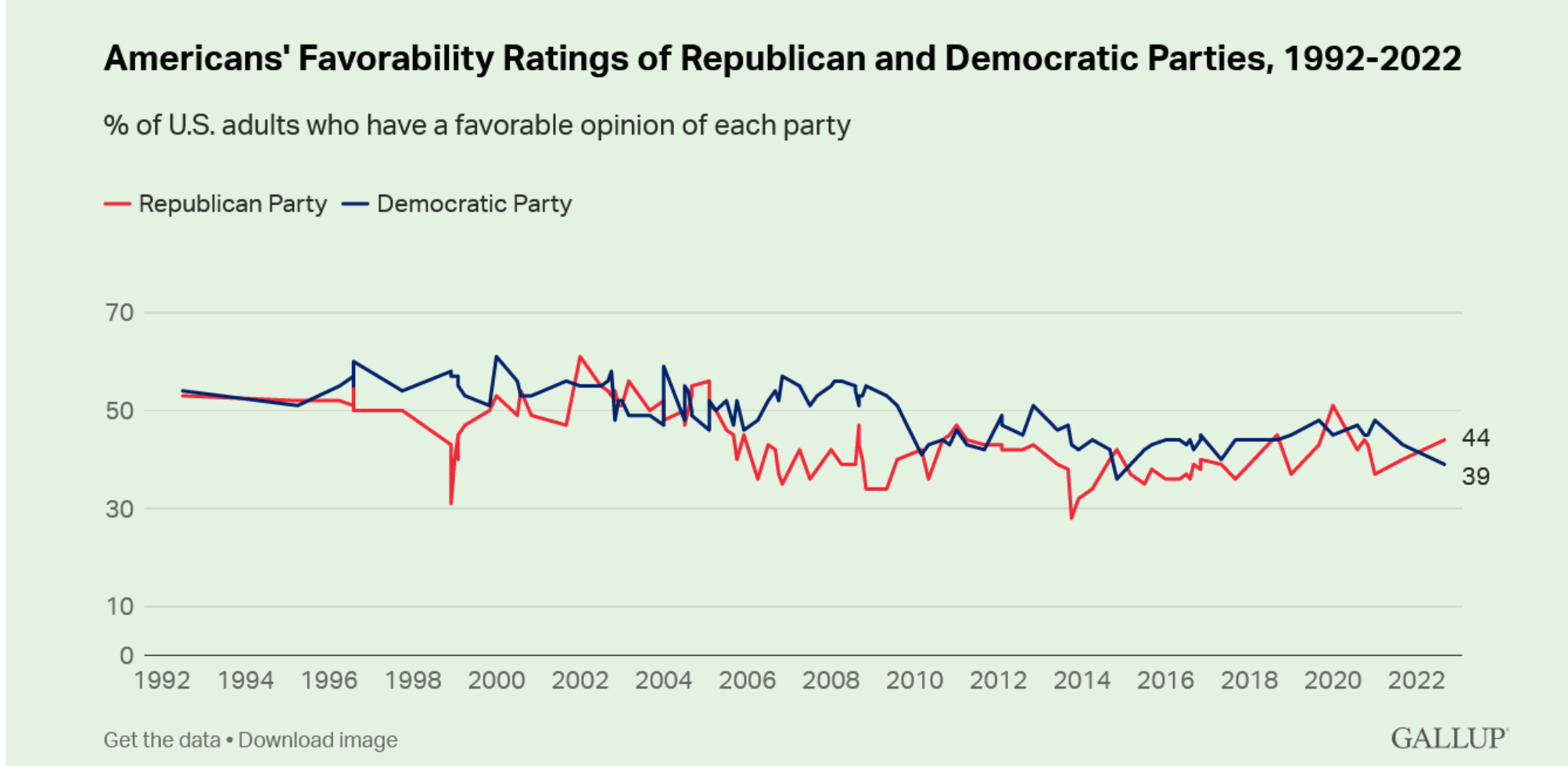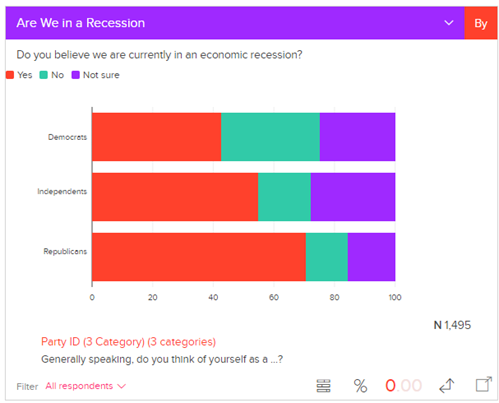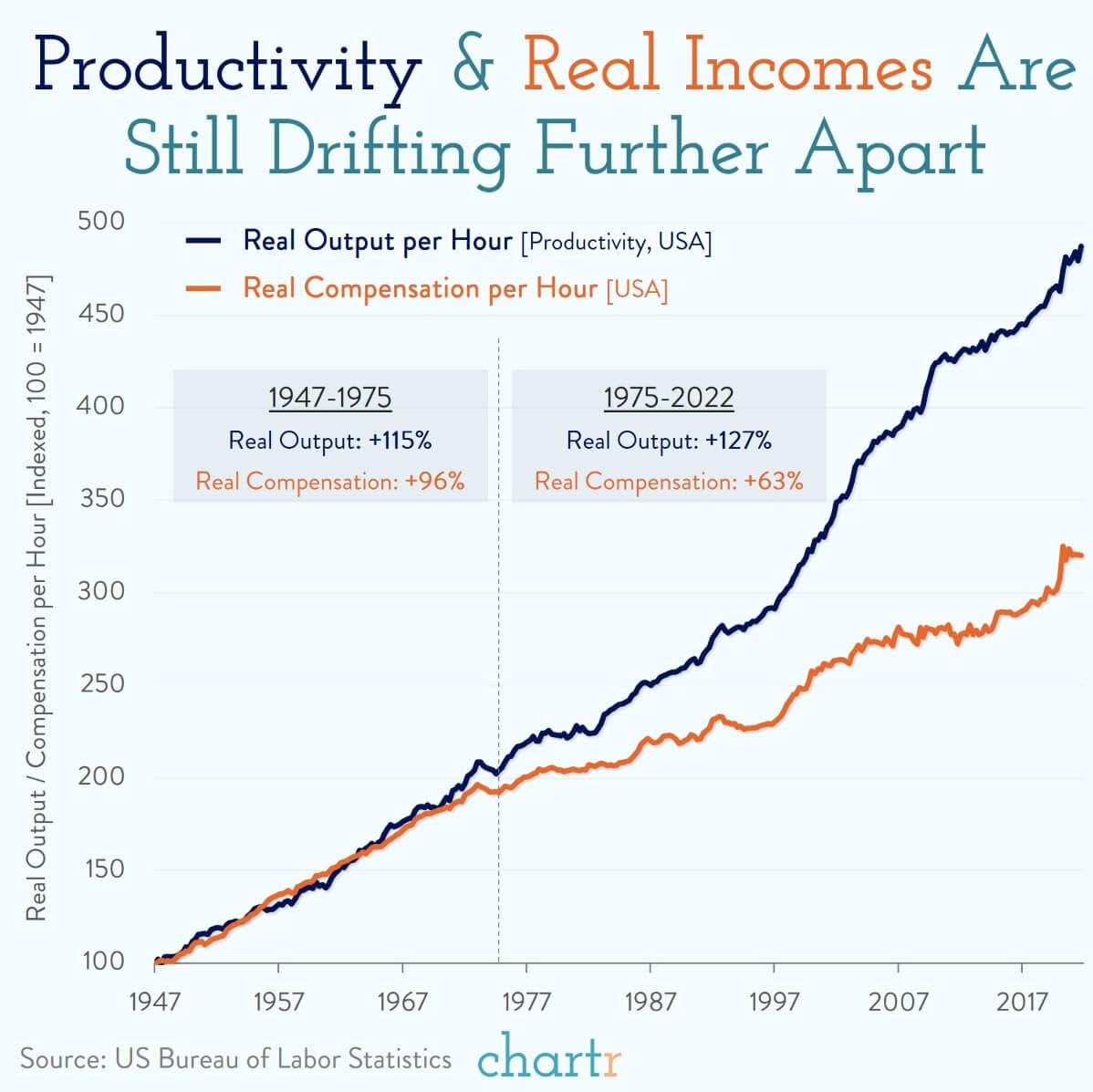The Daily Escape:

When Trump pivoted to being pro-crypto, everyone thought it was just another scam to make a few extra shekels in advance of election. From The Atlantic:
“…more than 1 million people tuned in for the launch of World Liberty Financial, a new crypto project promoted by Trump and his family. The former president has been posting about it on social media for several weeks.”
More:
“Trump wasn’t always this pro-crypto. He once referred to bitcoin as a scam….This summer, he appeared at a bitcoin conference and declared that the United States ‘will be the crypto capital of the planet’”
But his embrace may be more calculated than that. You shouldn’t be surprised to learn that crypto companies are bankrolling Republican campaigns this election. The New Yorker has a detailed story about how Silicon Valley’s crypto boys went all in on Sen. Adam Schiff in part by crushing Rep. Katie Porter’s attempt to become the Democratic nominee for the California Senate race:
“…Katie Porter was…futzing around on her computer when she learned that she was the target of a vast techno-political conspiracy….Now she was in a highly competitive race to replace the California senator Dianne Feinstein, who had died a few months earlier. The primary was in three weeks.
A text from a campaign staffer popped up on Porter’s screen. The staffer had just learned that a group named Fairshake was buying airtime in order to mount a last-minute blitz to oppose her candidacy. Indeed, the group was planning to spend roughly ten million dollars.”
More:
“Porter…had raised thirty million dollars to bankroll her entire campaign, and that had taken years. The idea that some unknown group would swoop in and spend a fortune attacking her…seemed ludicrous: “I was, like, ‘What the heck is Fairshake?’ ”
Fairshake is a super PAC funded primarily by three tech firms involved in the cryptocurrency industry. The pro-crypto PAC has raised more than $200 million for 2024’s election cycles, per OpenSecrets, with tens of millions of dollars flooding in from crypto giants Coinbase and Ripple, as well as the Menlo Park CA venture firm Andreessen Horowitz.
Fairshake’s thinking was: If Porter lost and other politicians saw how much money the industry had available to spend on elections, they’d be more likely to become pro-crypto. The stakes, for the big donors, are existential — regulatory acceptance would boost the value of their companies’ assets and the use of their services.
The PAC dumped about $10 million into the race, a third of the $30 million Porter had for her campaign. She hadn’t ever heard of the group, but its attack ads called her “a fake,” a “liar” and a “bully.” Fairshake selected Porter from a list of high-profile options, hoping to make an example. She lost and will be out of Congress when it convenes in January.
An unnamed political operative told the New Yorker:
“Porter was a perfect choice because she let crypto declare, ‘If you are even slightly critical of us, we won’t just kill you…we’ll end your career.’ From a political perspective, it was a masterpiece.”
Fairshake’s scare campaign appears to have worked. The House of Representatives passed a pro-crypto bill, with bipartisan support, in May. Candidates with Fairshake’s support won their primaries in 85% of the cases.
This has made its way into the presidential campaign: Trump backs crypto and Harris has signaled her support for it as well.
Trump may be on to something, since this could be a bigger factor in the election than we realize. The New Yorker quotes Coinbase as saying that fifty-two million Americans own cryptocurrencies. Those polls indicated that 60% of crypto owners were millennials or Gen Z-ers, and 41% were people of color, key demographics for each Party.
Coinbase also launched an advocacy organization, Stand with Crypto, which is advertised to Coinbase’s millions of US customers every time they log in, and which urges cryptocurrency owners to contact their lawmakers.
Sherrod Brown (D-OH) is running for reelection, where Fairshake has directed forty million dollars to ads in support of his opponent.
In total, Fairshake and affiliated PACs have already spent more than a hundred million dollars on political races in 2024, including $43 million on Senate races in Ohio and West Virginia, and $7 million on four congressional races in North Carolina, Colorado, Alaska, and Iowa.
The big question is whether the bro vote is overhyped? Will these crypto bros turn out to vote?
Trump’s best chance at success in November requires minimizing his losses among women and suburbanites while building a coalition that includes a historic number of male and working-class voters in his corner. As a result, we’re seeing both campaigns and their allies attempt to reach men in unprecedented and unconventional ways online. (A reminder: Young men historically vote at lower rates than young women.)
For Trump, it seems this targeted outreach to the tech bros segment of the electorate is essential. If he can’t win record numbers of men, it’s unlikely he can win the White House.
For the Harris campaign, the male-focused outreach efforts are happening in addition to major campaigns and organizing programs designed to reach more dependable parts of their coalition who turn out more dependably.
In a way, this is proof that American governance and legislation have become so perverted by money that it is nearly impossible for people other than billionaires to further their agendas. It’s particularly dangerous given that the US economy has bestowed lavish riches on a tiny group of disaffected, unaccountable technologists.
Today’s startup founders and venture capitalists are, like the nouveaux riches of previous eras, using their wealth for selfish aims. In doing so, they have revealed themselves to be as ruthless as the robber barons and industrial tyrants of a century ago—not coincidentally, the last time that income inequality was as extreme as it is today.



